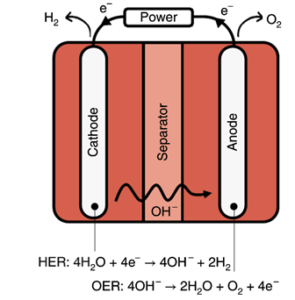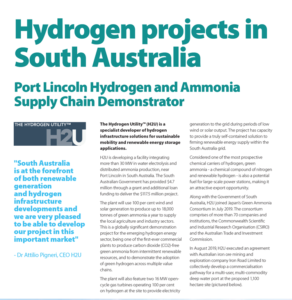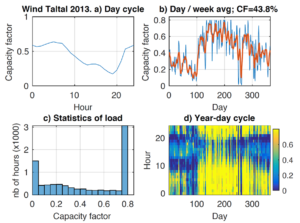Safety of Ammonia Energy: First Up, the Maritime Use Case?
ANNUAL REVIEW 2019: Ammonia. A hazardous chemical, no doubt. But is it too hazardous to use as an energy vector? This is a legitimate question that must be addressed as other aspects of the ammonia energy concept advance. It is also a question whose unique context can be evoked with two other questions: Haven’t the safety issues already been identified and resolved over the last 100 years of widespread agricultural and industrial use? And even if they have, how will the general public react when proposals for expanded ammonia infrastructure suddenly appear? The earliest tip of this particular iceberg came into view this year when the Dutch naval architecture firm C-Job released Safe and Effective Application of Ammonia as a Marine Fuel.









